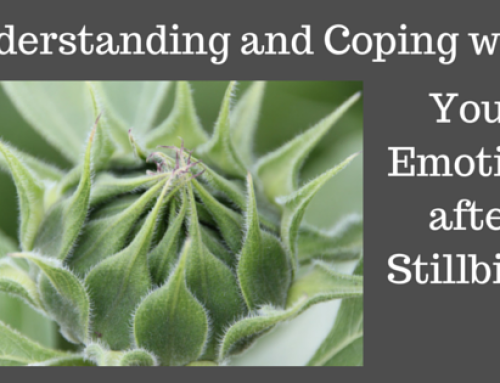You’d be excused if you thought the words ‘eye movement desensitization and reprocessing’ sounded like something from a science fiction movie. In reality, however, it’s hardly high-tech. EMDR (as it is known) is an increasingly popular mental health treatment protocol. While it is unusual, it could also be called old-school: no machinery required and no need for medication. As you’ll see shortly, it all revolves around hand and eye movements.
Once you know more, you’ll probably have plenty of questions. Fortunately, the science behind the method is clear, and its track record is impressive. So let’s explore EMDR therapy and the role of EMDR therapists.
Understanding the Science Behind EMDR
 Imagine you could safely induce people into a state of mind in which they can address trauma and other emotional pain without being triggered. Thanks to EMDR, this isn’t a thought experiment. It’s a whole different form of therapy. Sure, there’s talking involved, but your EMDR sessions will look more like this:
Imagine you could safely induce people into a state of mind in which they can address trauma and other emotional pain without being triggered. Thanks to EMDR, this isn’t a thought experiment. It’s a whole different form of therapy. Sure, there’s talking involved, but your EMDR sessions will look more like this:
- The first role of an EMDR therapist is to help you choose a particular memory. The image or belief, under normal circumstances, would trigger you and thus make it impossible to process and resolve the experience.
- While you aim your full focus on this memory, your therapist will move their fingers and hands directly in front of your eyes. Your goal is to maintain mental concentration on the image while you follow the hand movements, using only eye movements.
- In short order, this combination of actions will bring you to the state mentioned above. It’s similar to REM sleep, only you’re wide awake and suddenly able to do essential work on the root causes of your distress.
- Your negative thoughts were beginning to resolve. That’s when, with the therapist’s help, you replace those memories with positive images and beliefs.
All of this is possible thanks to something called bilateral stimulation.
Changing How Your Brain Behaves
When stressful memories dominate your thinking, it’s because your amygdala and hippocampus are overstimulated due to past experiences. These two parts of your brain put the focus more on feelings by suppressing the parts that manage rational thought, e.g., the pre-frontal cortex. In this state, you cannot resolve problems because they feel too fresh and urgent.
Your EMDR therapist bypasses this logjam by stimulating both sides of your brain. This can return a healthy balance to brain functioning and make it smoother to resolve the past and reframe the present.
You Can Replace Counterproductive Thought Patterns
As mentioned above, it’s not enough to simply smooth out your emotional roadblocks. EMDR aims to replace those cycles with perspectives that empower you to do more than survive. With the help of an EMDR therapist, your realistic goal is to thrive.
For example, let’s say a past trauma has you feeling stuck. When faced with adversity, you may instantly slip into default thinking that tells you that nothing will change, so don’t bother. Thanks to your EMDR sessions, you can shift into a perspective that you’re capable and, no matter what happens, you’re motivated to do your best.
Getting Started With EMDR
EMDR takes place over relatively few sessions with virtually no risk of side effects. Its effectiveness is documented, and its reputation is growing. However, EMDR is also very different from what most people expect from therapy. For some folks, it could provoke suspicion. Therefore, I invite you to reach out with your questions. Find out more about a revolutionary approach that can dramatically improve the quality of your life.
Let’s schedule you for a free and confidential consultation for trauma therapy at your earliest convenience.







Leave A Comment